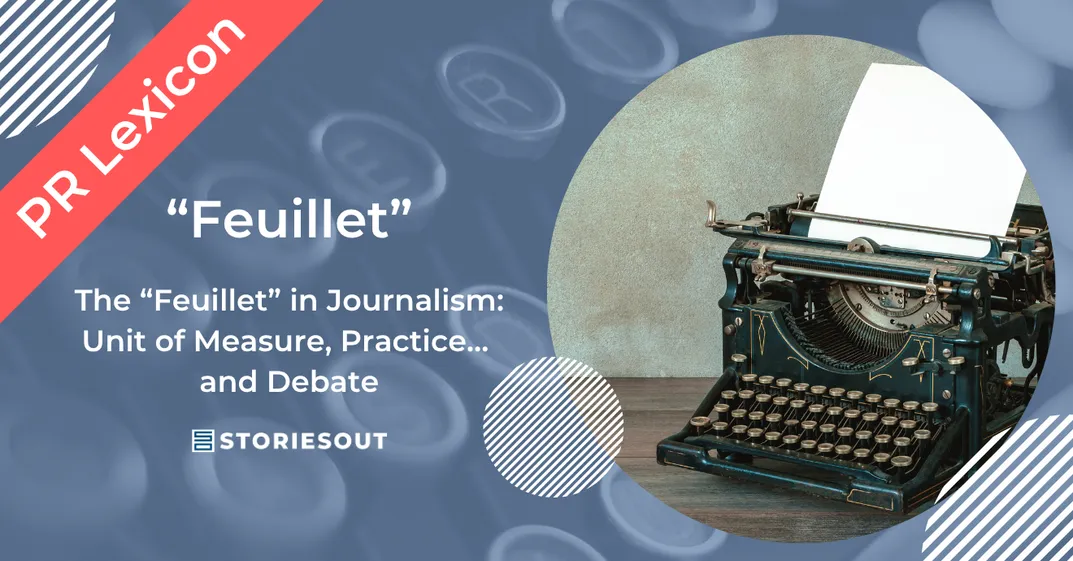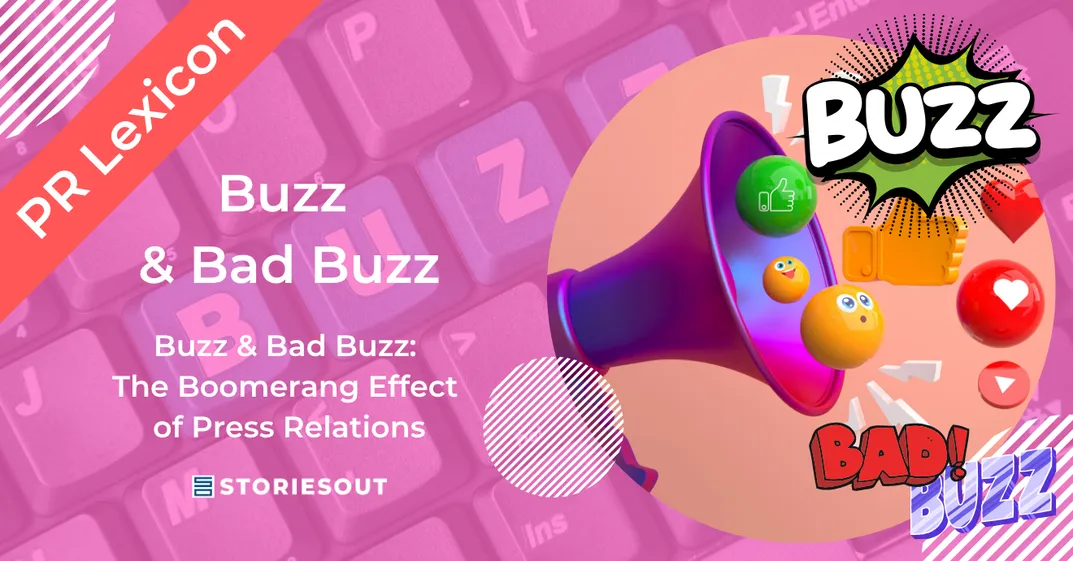What Is a “Feuillet” in Journalism?
In the world of French journalism, a feuillet is a unit used to measure the length of a text. It traditionally refers to 1,500 characters including spaces. Widely used in print media, the feuillet helps determine the ideal article length, guides layout decisions—and plays a crucial role in calculating freelance journalists’ pay.
What’s It For?
The feuillet acts as a practical reference:
- For writers: it provides a clear expectation of length.
- For editors and layout staff: it helps with pagination (roughly 1/3 of an A4 page depending on formatting).
- For newsrooms: it allows for budgeting and planning content contributions.
What Does It Have to Do with Freelance Journalists?
This is where the feuillet becomes more than just a formatting tool: freelance journalists (pigistes in French) are often paid “per feuillet.” The rate usually ranges from €35 to €70 depending on the publication, the topic, and the journalist’s reputation. As such, the feuillet becomes a sort of editorial currency—useful, yes, but also the subject of debate when rates are kept low.
Journalistic Feuillet vs. Administrative Feuillet
Be careful not to confuse the journalistic feuillet with the administrative use of the term (such as in official tenders or government forms), where it often simply means “one page” with no specific character count.
A Juicy Anecdote: When a Rookie Mistook a Feuillet for a Word Page
Urban legend or newsroom truth?
In a major Paris-based newsroom, a newly graduated freelance journalist proudly submitted his first article—a neatly filled-out Word document.
The editor-in-chief called him, chuckling:
– “So… this is your feuillet?”
– “Yes! Exactly one page, just as requested.”
– “You do know a feuillet isn’t a Word page, right? It’s 1,500 characters, not 3,000. You just delivered two feuillets for the price of one. Welcome to journalism.”
Since then, it’s said that every French freelancer keeps a character count widget open at all times. A rookie mistake… that has cost more than one journalist a future assignment.
Where Does the Term “Feuillet” in Journalism Come From?
Historically, feuillet referred to a folded sheet of paper, a term from the world of printing and manuscript publishing. In traditional printing, “feuillets” denoted the leaflets or folded sections used to form a book. As journalism developed in close connection with the publishing world, it naturally adopted this term—later redefining it by the number of typed characters, first on typewriters and then on screens.
What’s the Role of the Feuillet in Public Relations?
Although PR professionals don’t pay journalists, the feuillet still plays an indirect but significant role:
- A press release should ideally be kept to 2 to 3 feuillets (i.e. 3,000–4,500 characters). Anything more risks losing the reader’s attention.
- A strong press kit typically falls within 5 to 8 feuillets, depending on annexes.
- Knowing how to estimate content volume in feuillets helps structure messaging and avoid overwhelming journalists with too much information.
Even today, the top 10 PR agencies in France still refer to this unit when advising clients on how to craft press-friendly content.
In the Age of Digital Media: Evolution or Extinction?
The rise of digital media has shifted the landscape. SEO (search engine optimization), for instance, tends to speak in word counts rather than characters. Still, the feuillet hasn’t disappeared entirely:
- It remains a traditional benchmark in print or hybrid newsrooms.
- Many freelancers still use it to structure contracts and invoices.
- Press agencies continue to refer to it, especially when measuring the layout needs of a double-page spread.
That said, the feuillet is clearly losing ground to more data-driven metrics: word count, video minutes, image pixels… the formats of today’s media landscape.
Conclusion: The Feuillet in Journalism: Still Worth Knowing in the Digital Era
A discreet yet vital cog in the media machine, the feuillet remains a valuable reference in journalism and public relations. While its usage may be fading in the face of digital standards, it continues to serve as a measuring stick for clarity and professionalism.
If you want to speak the newsroom’s language, knowing what a feuillet is will get you one step closer to being heard.




